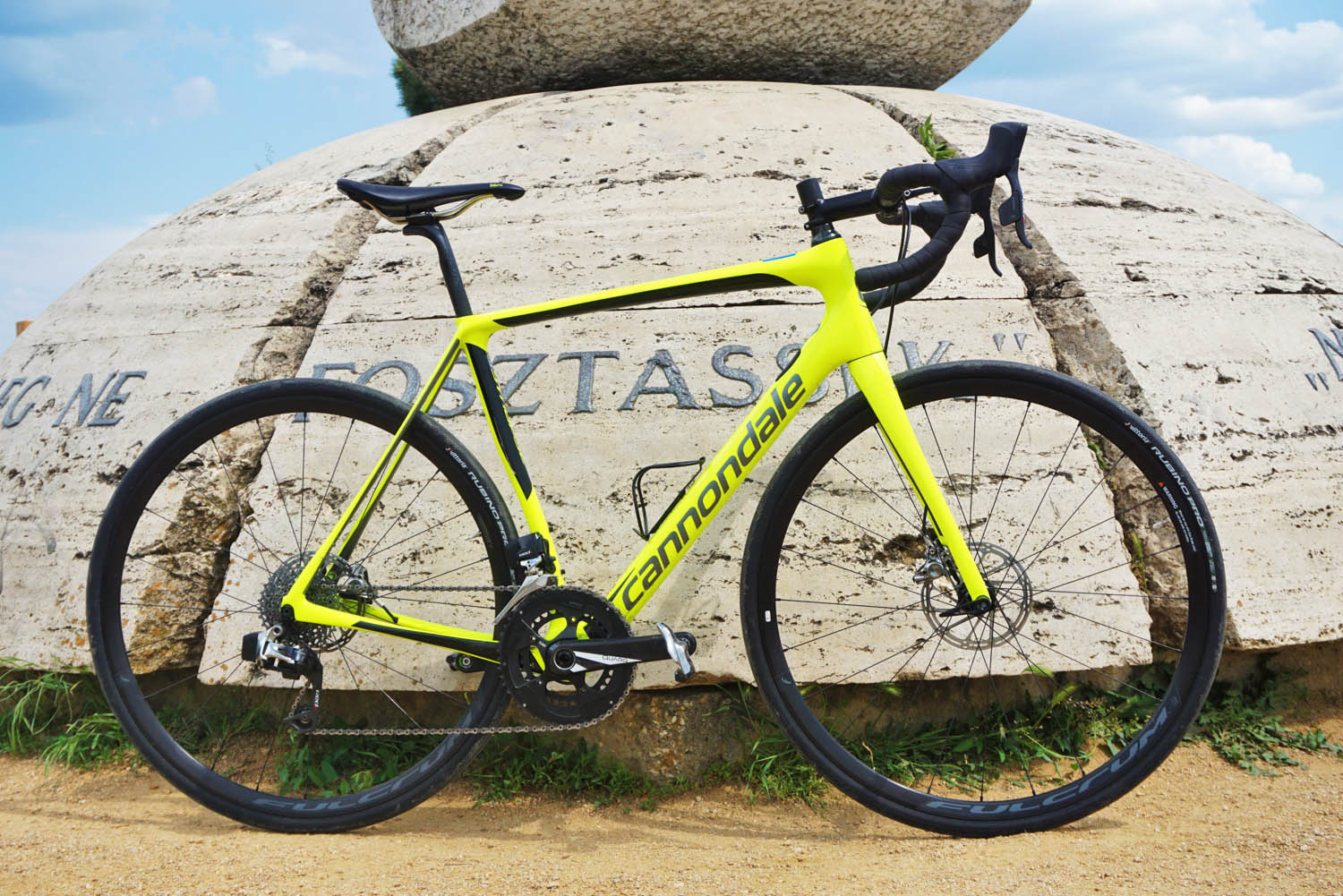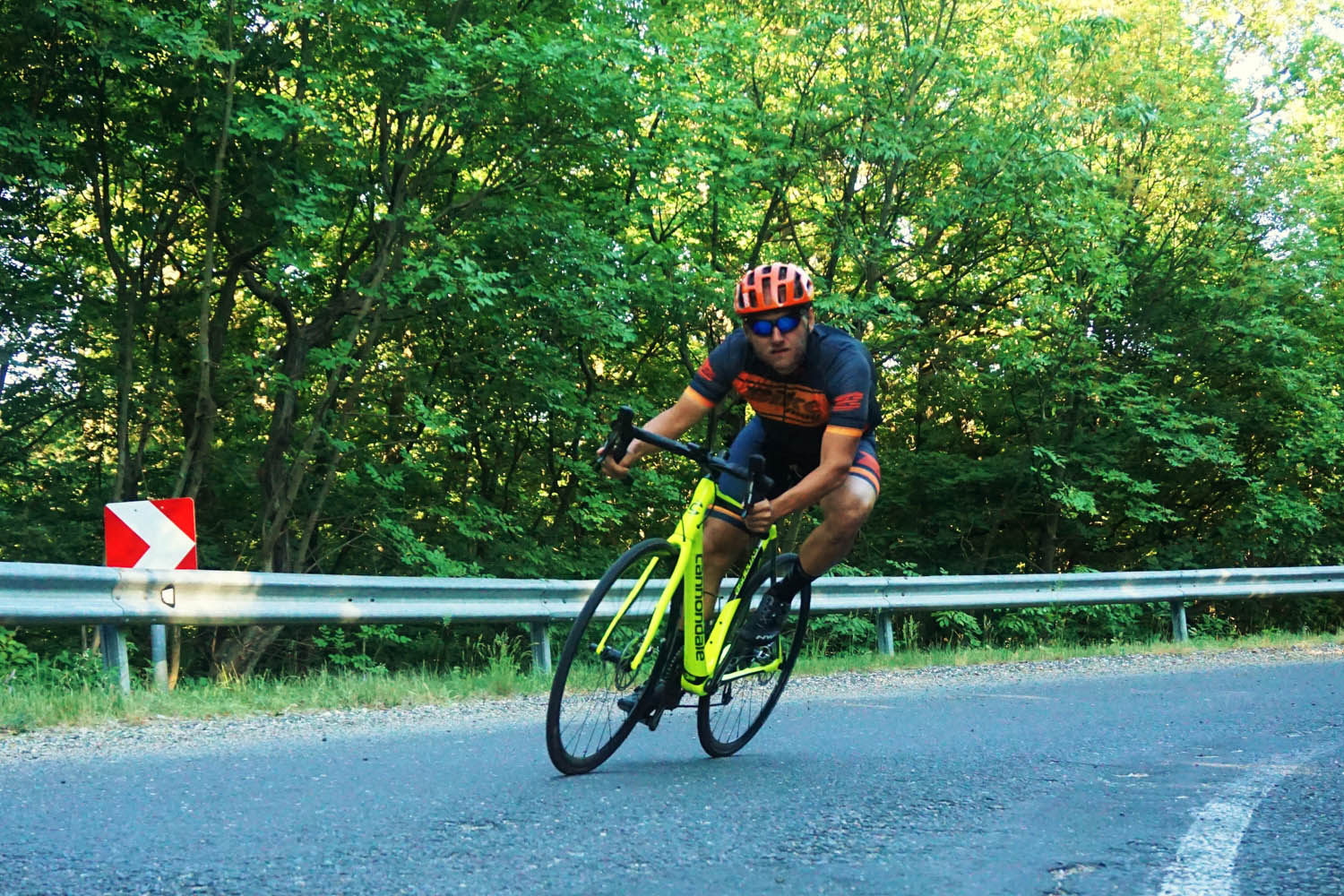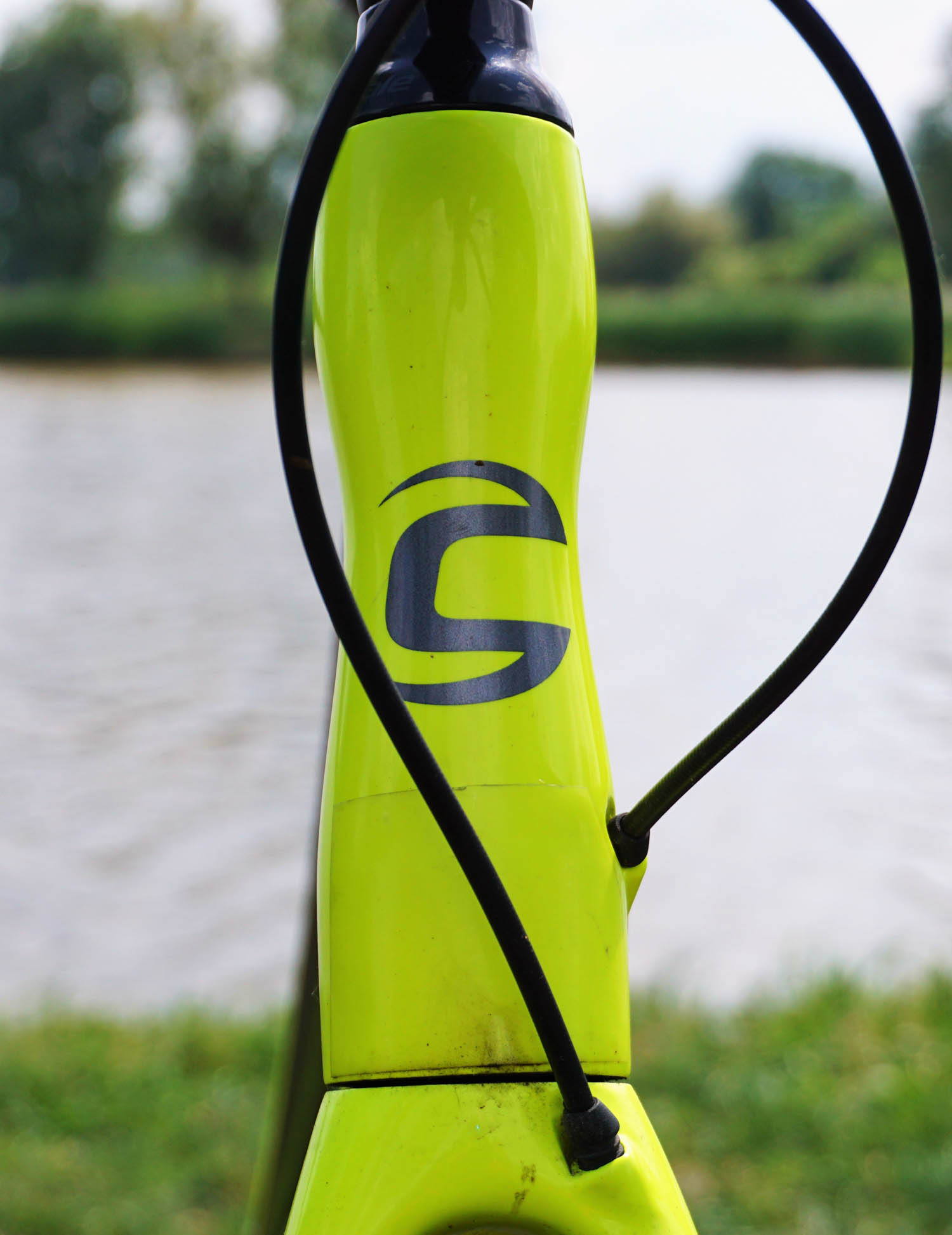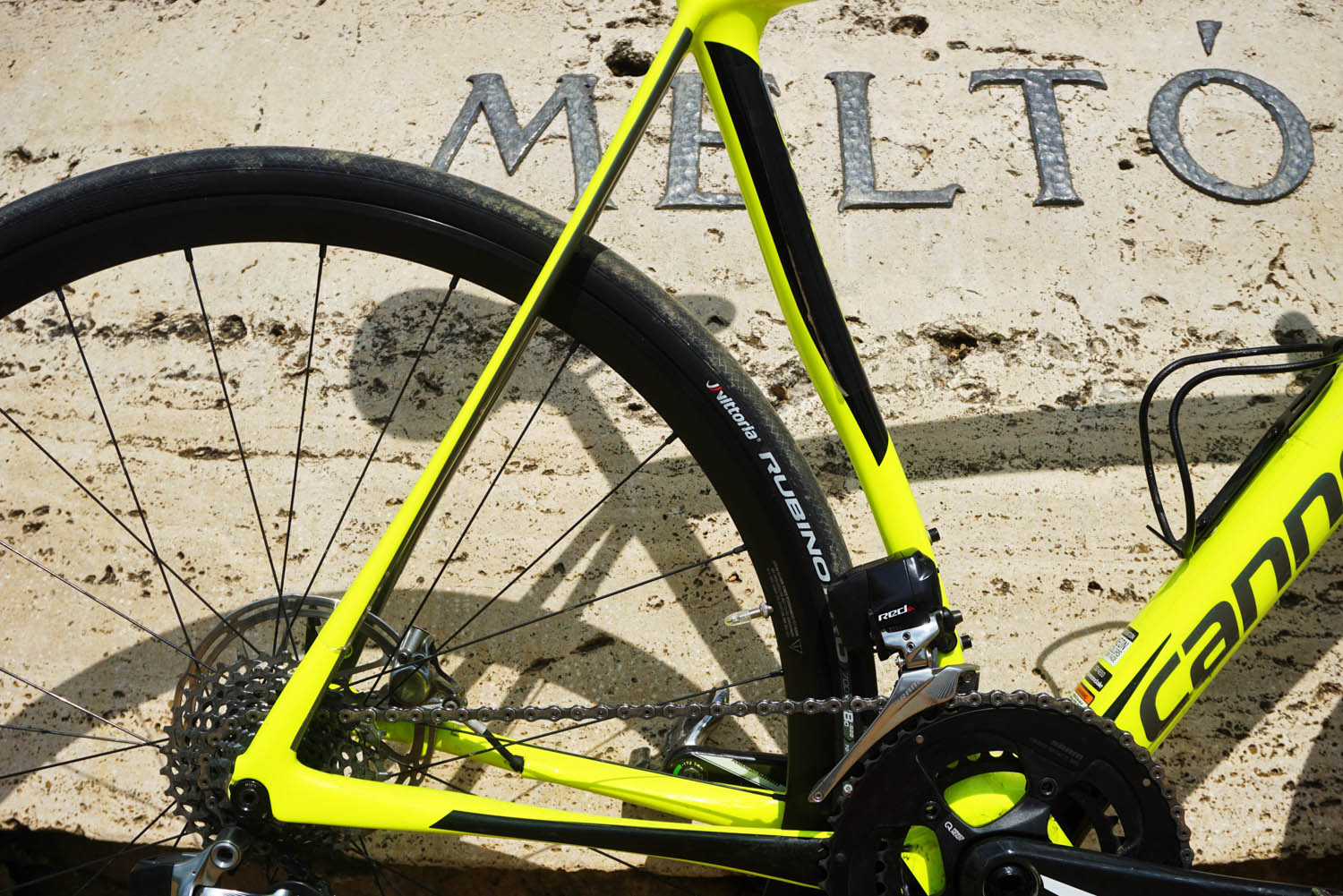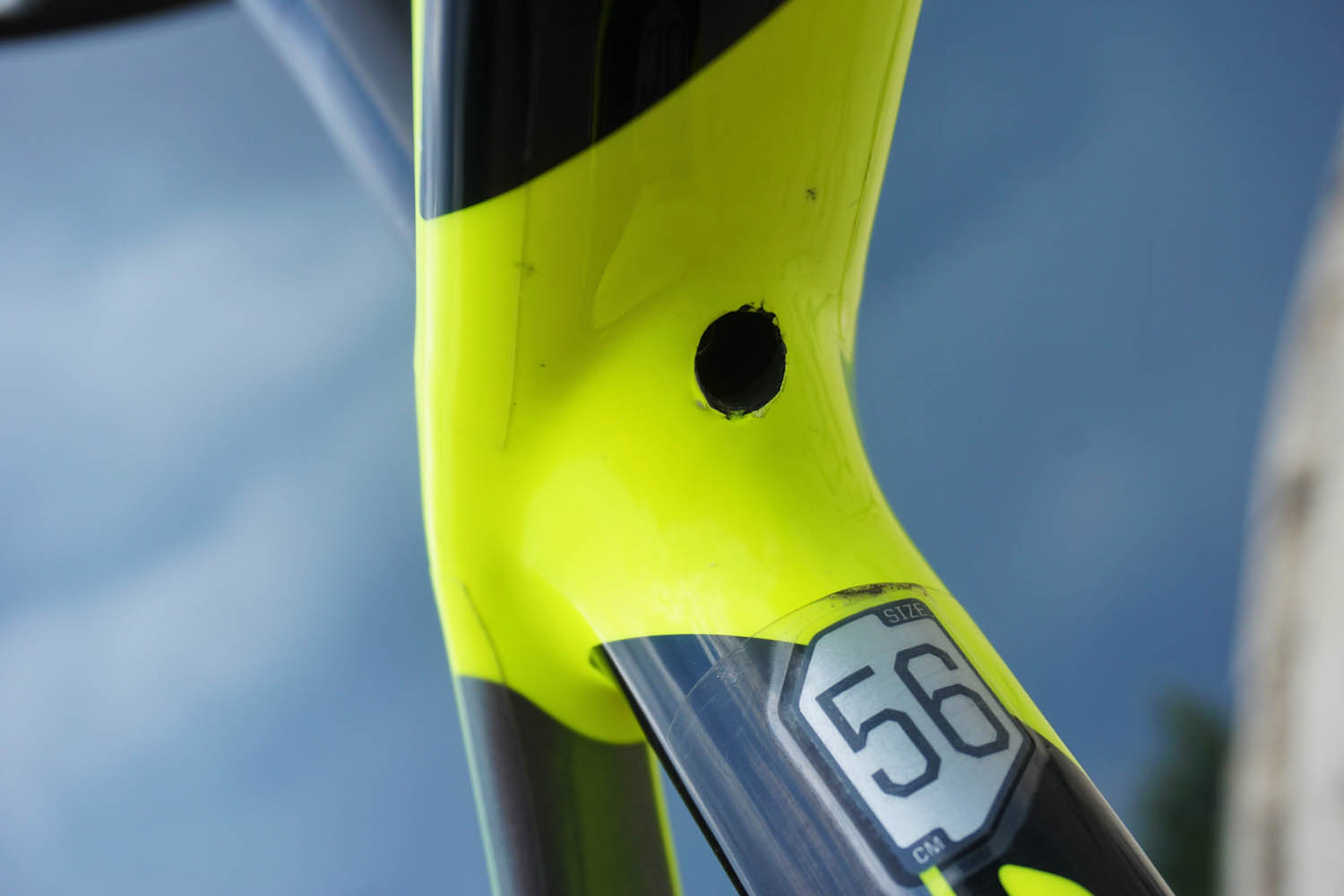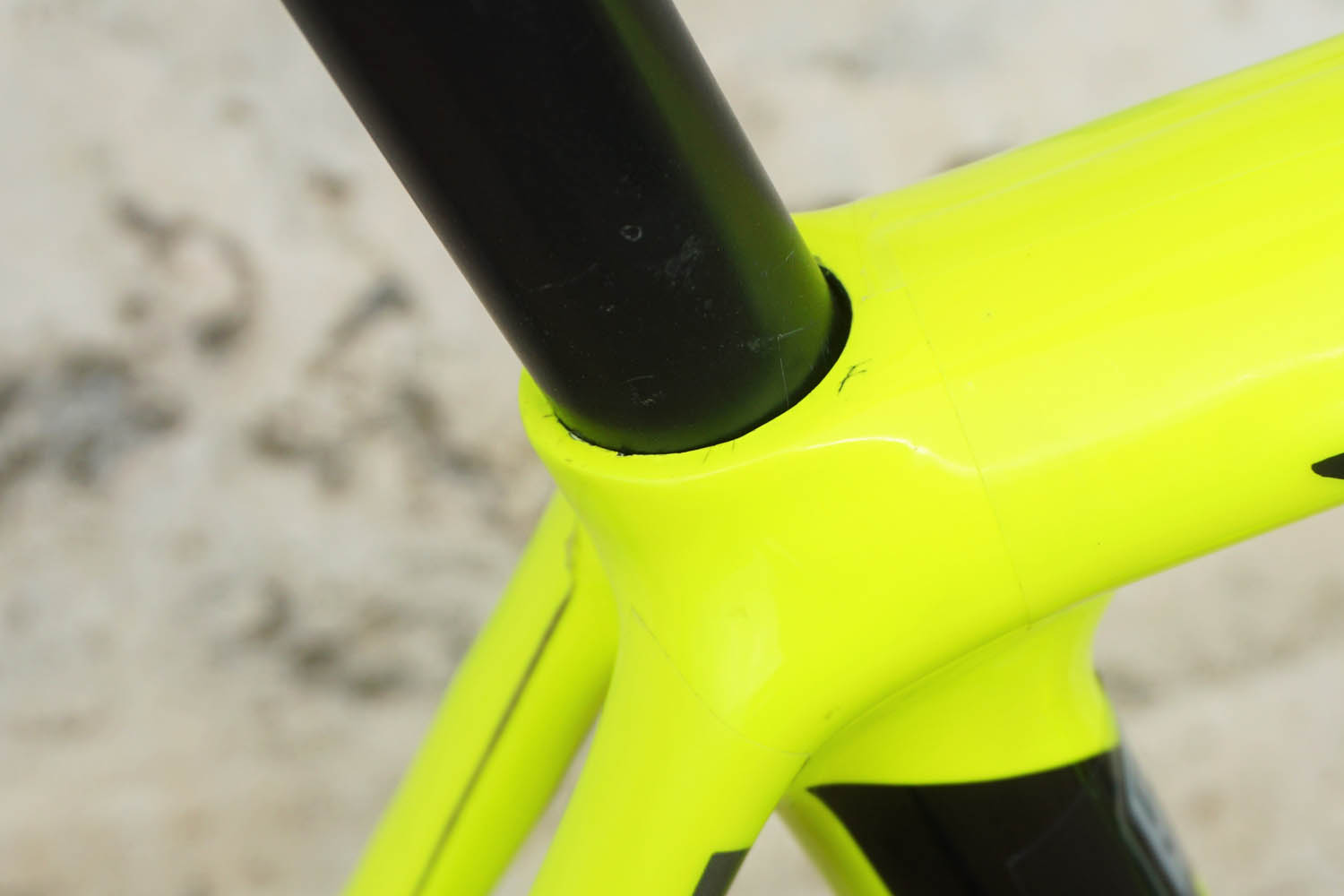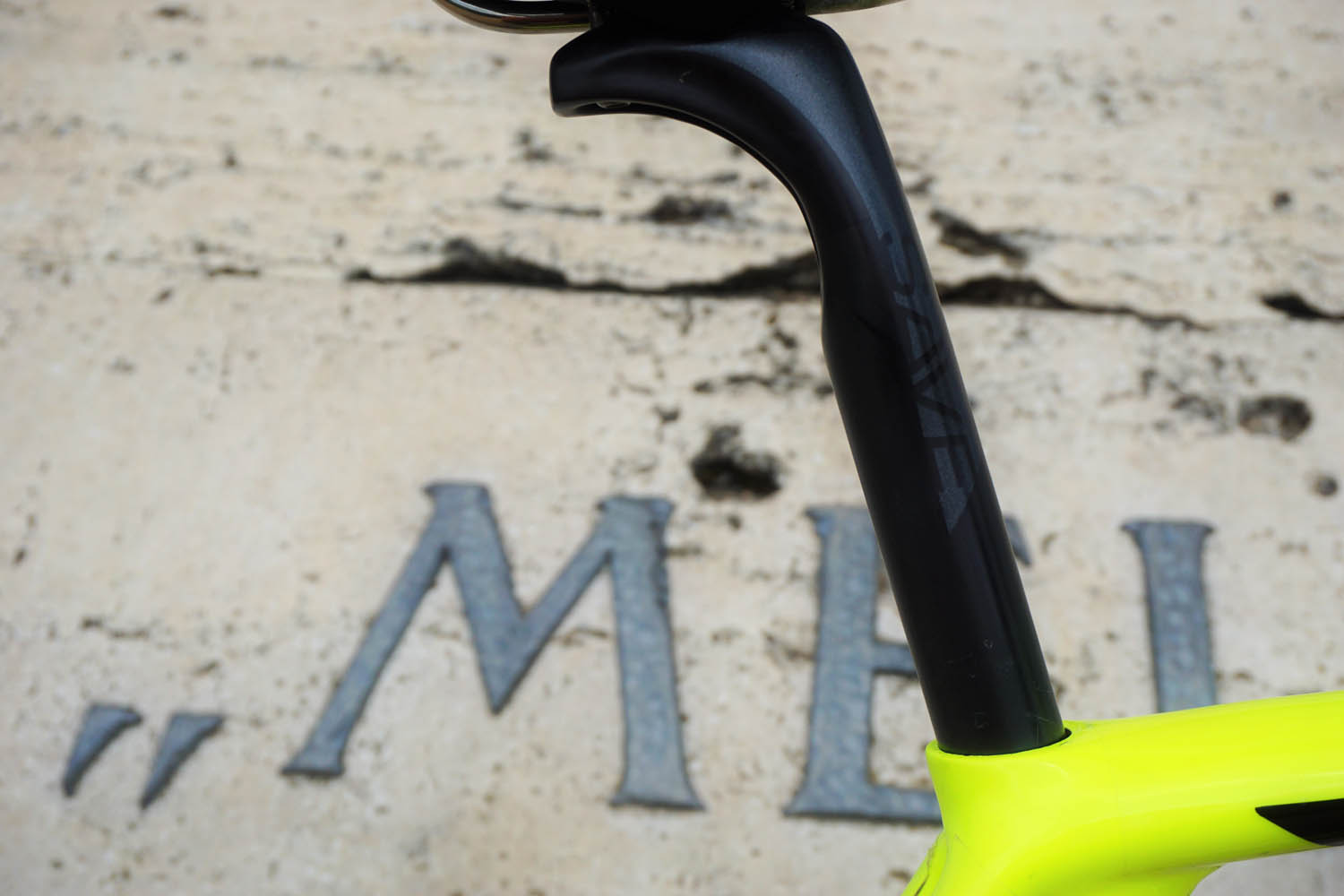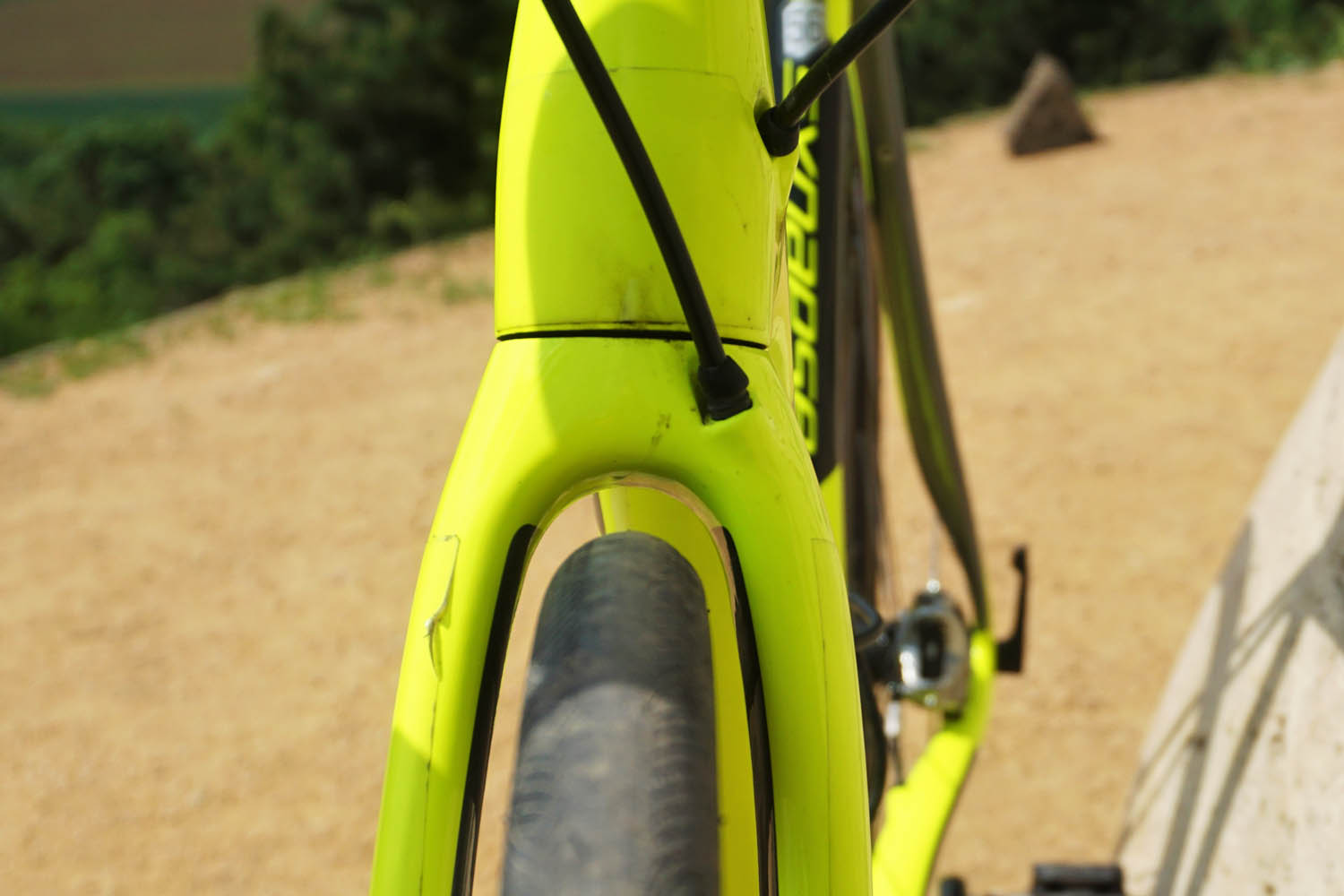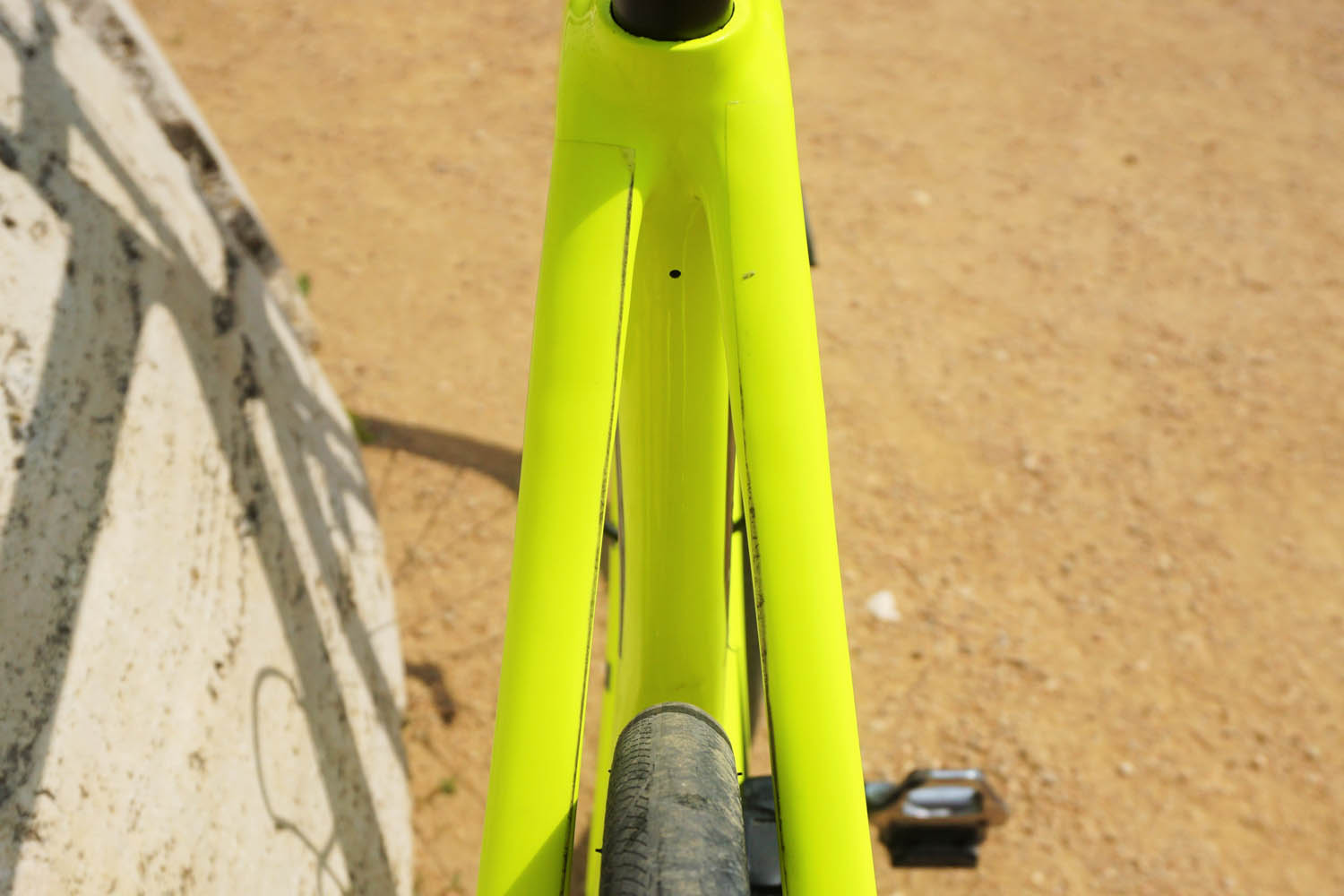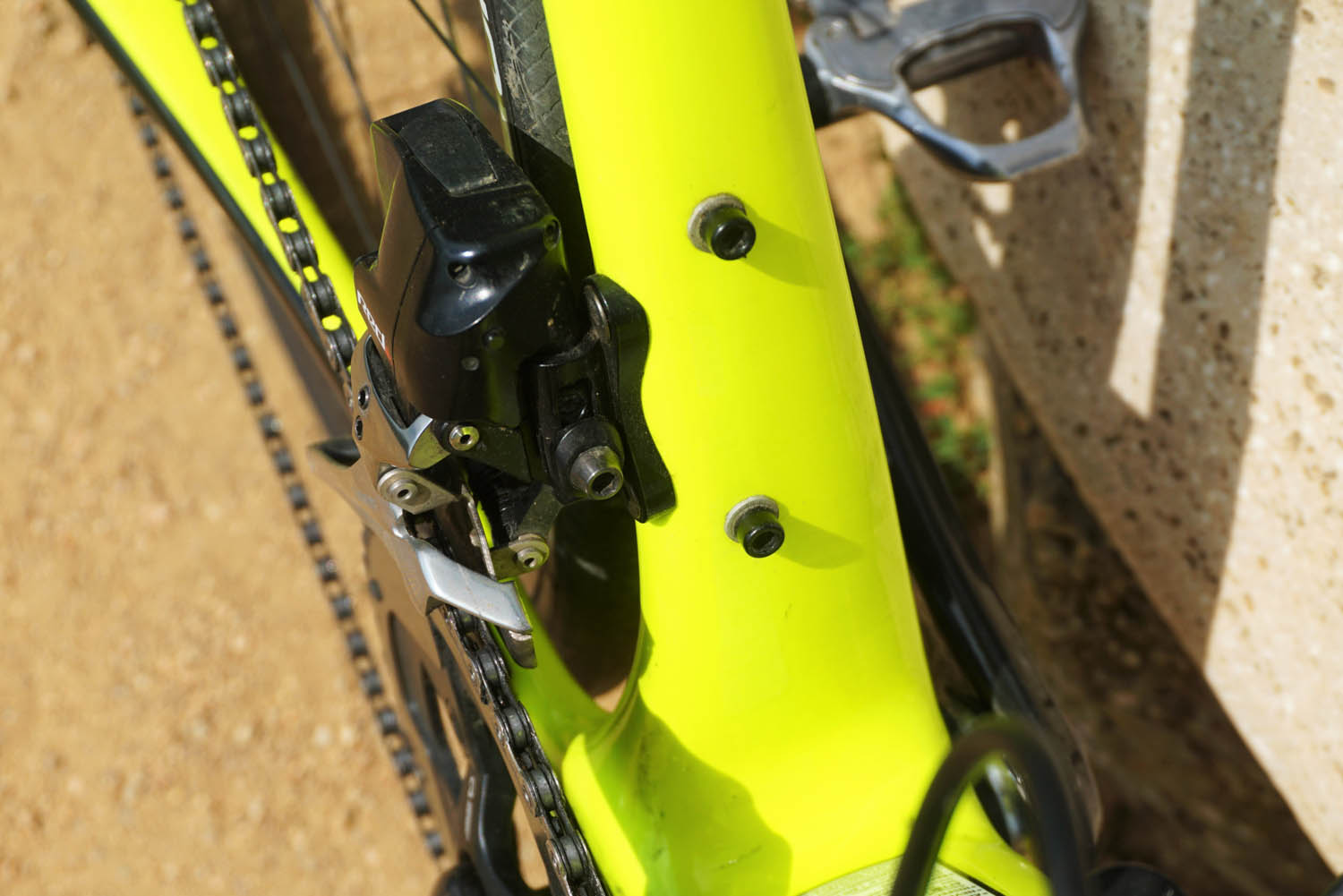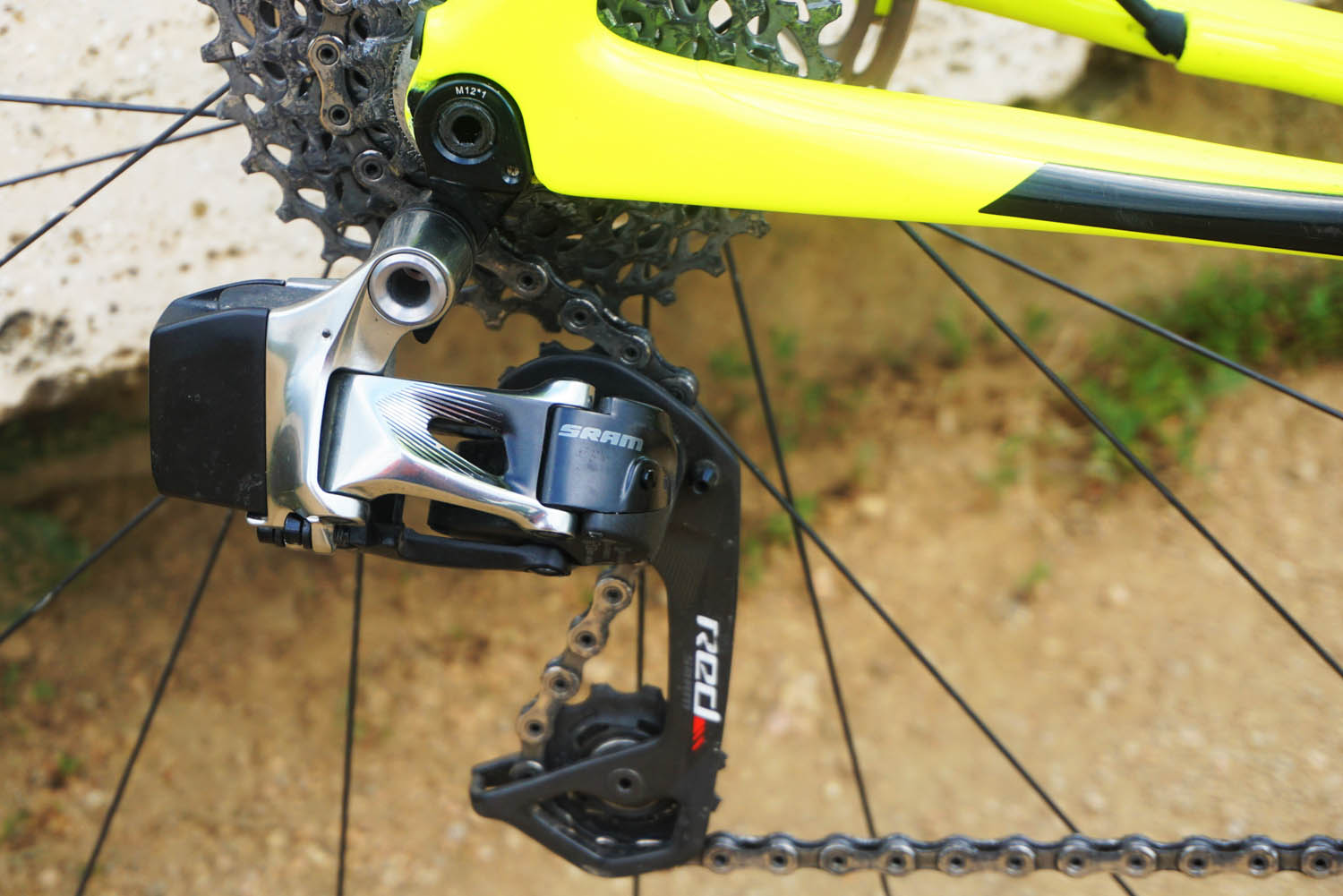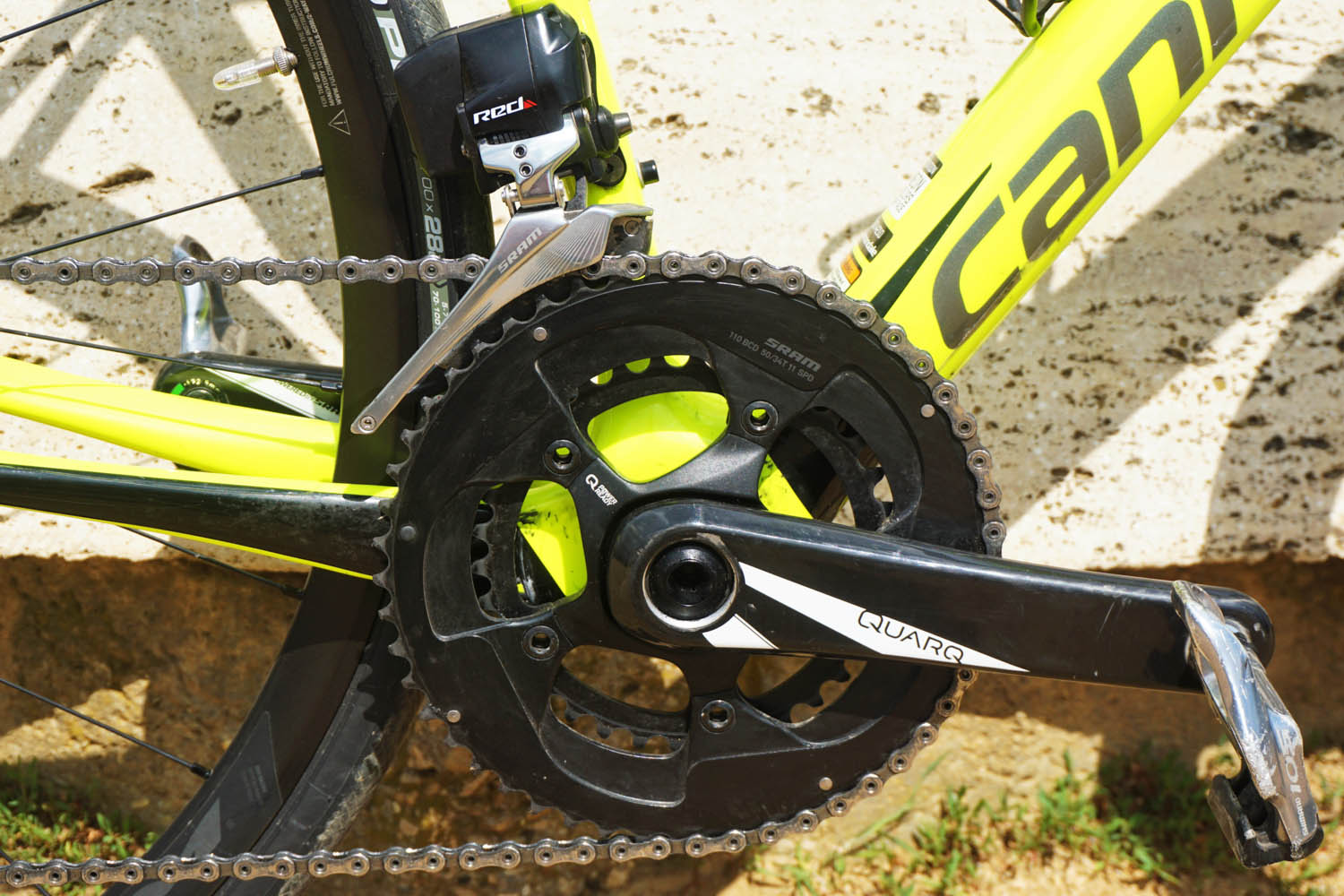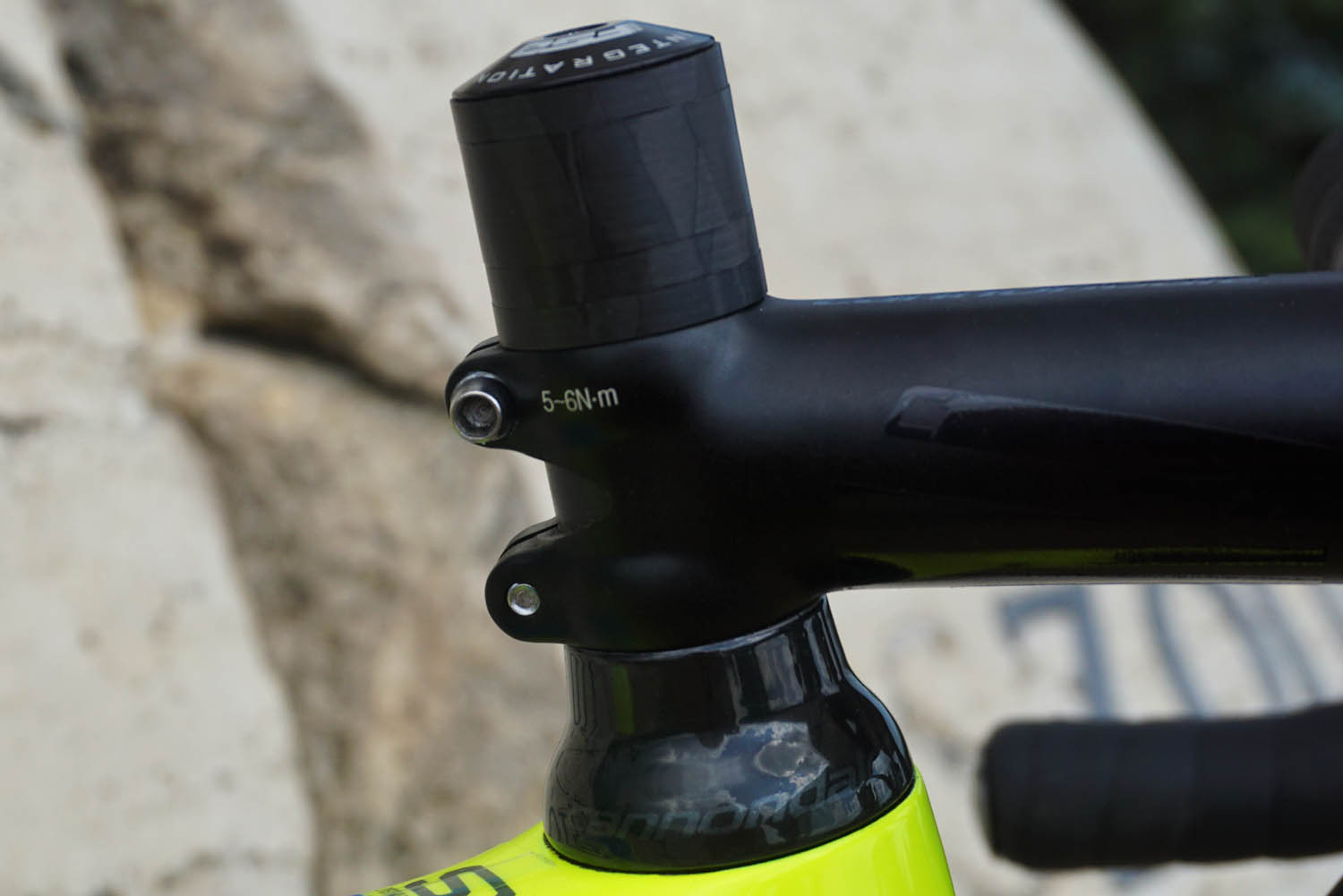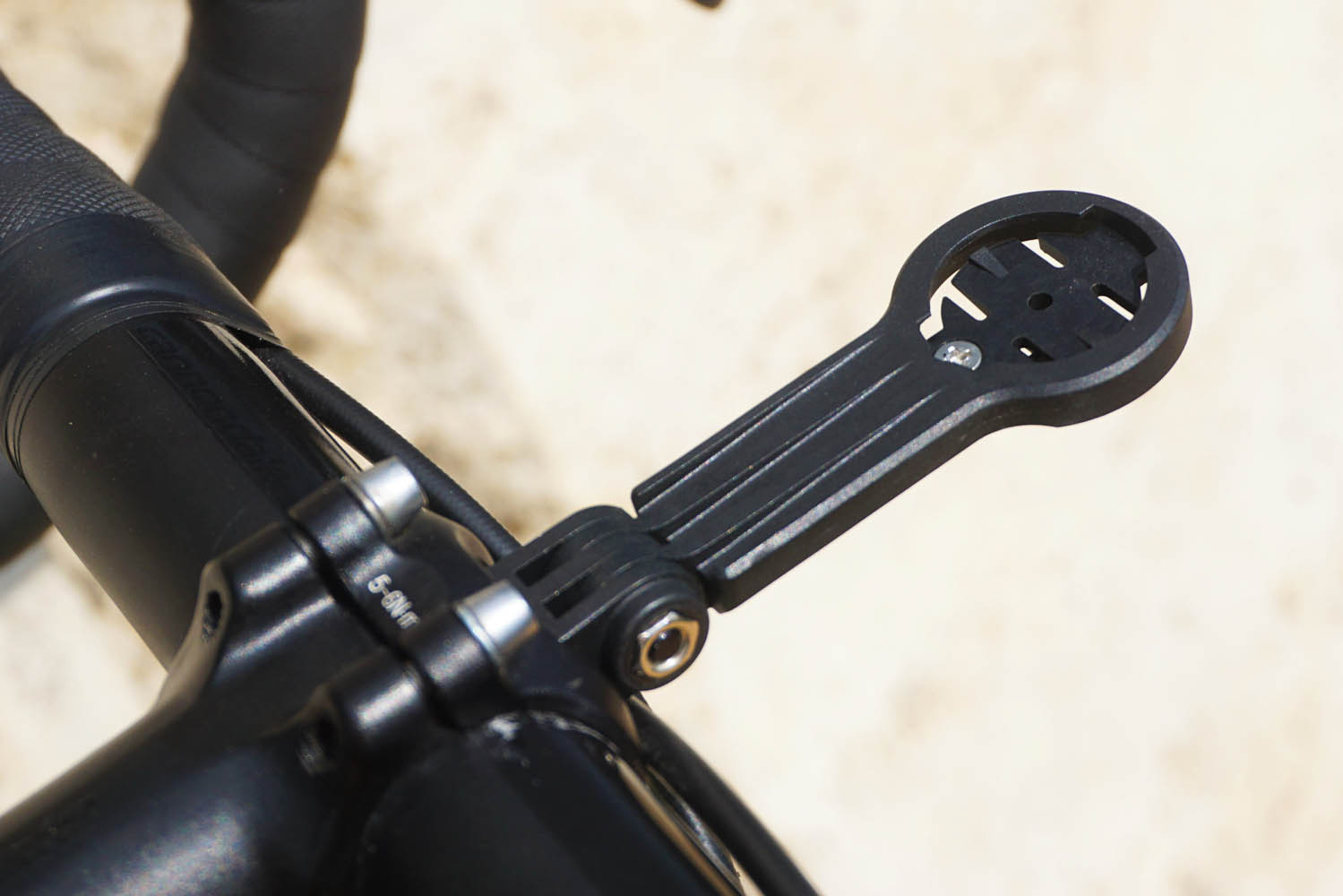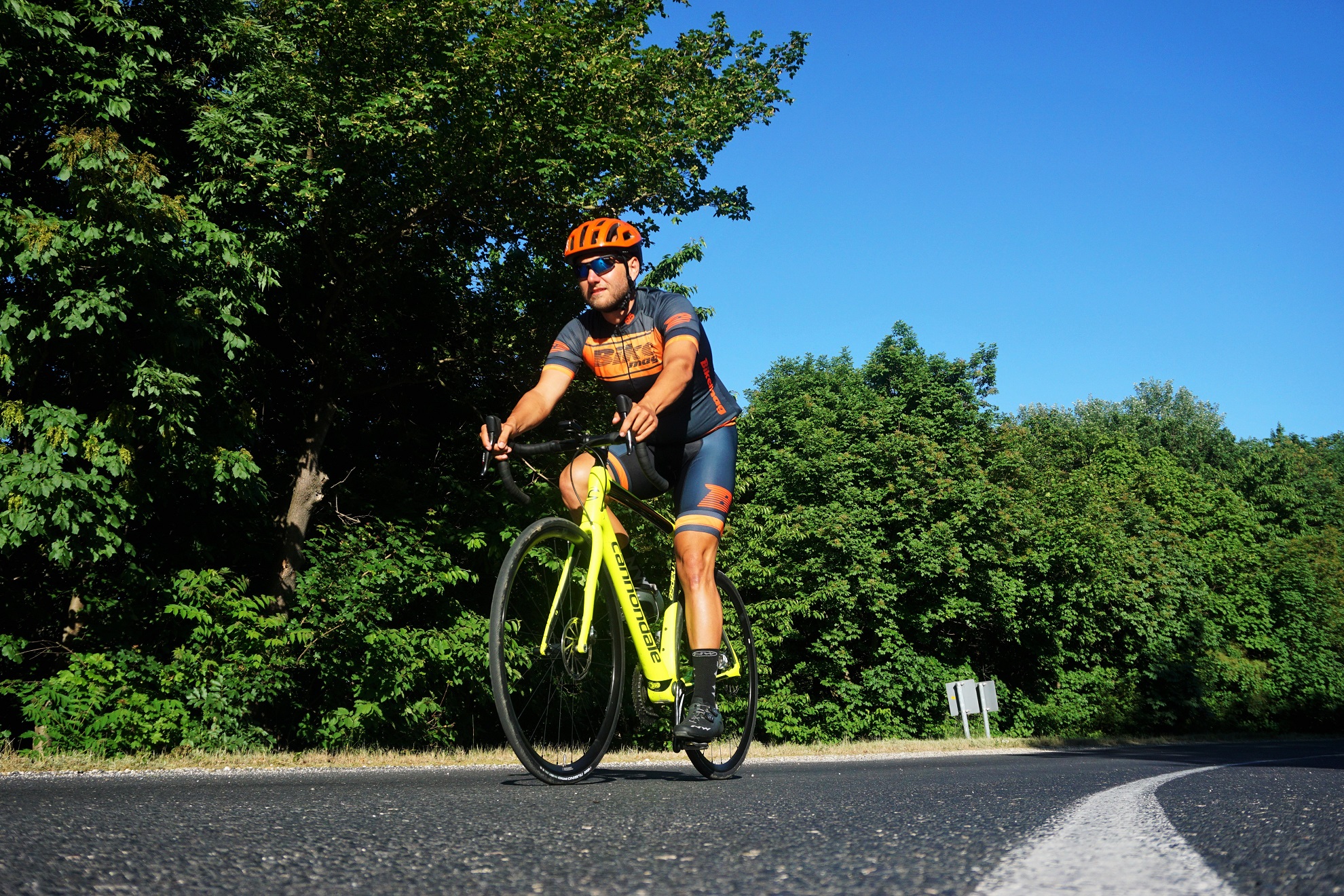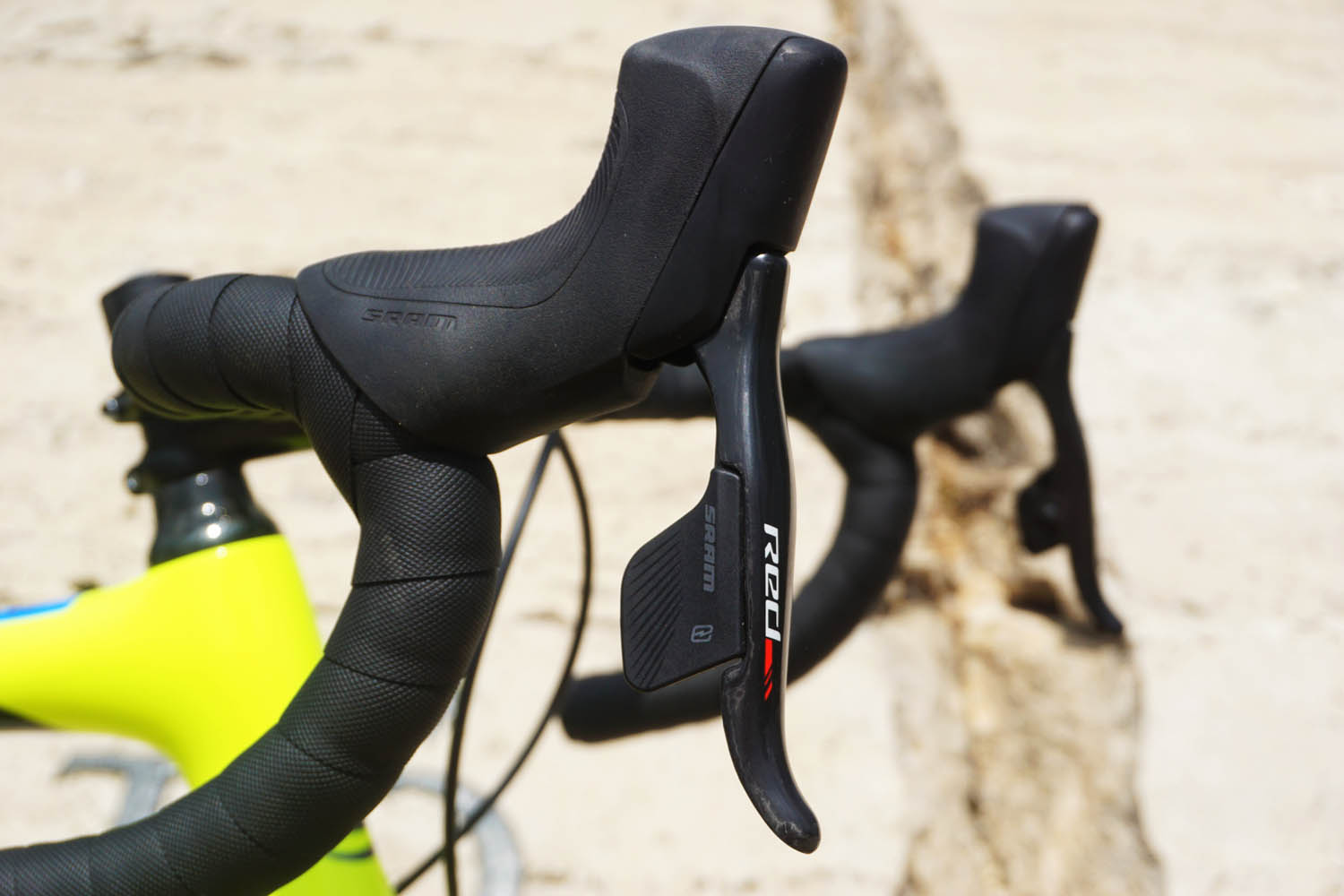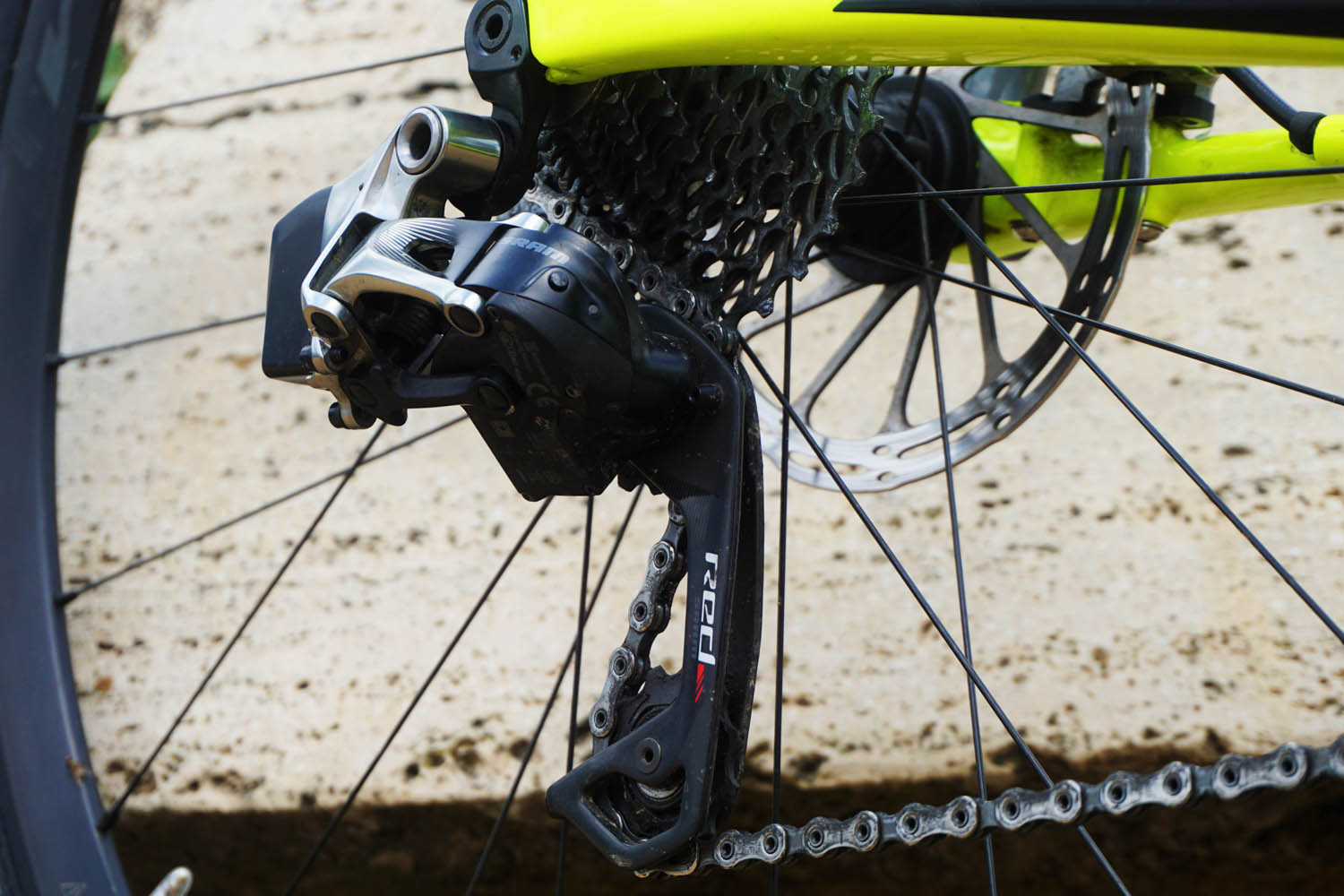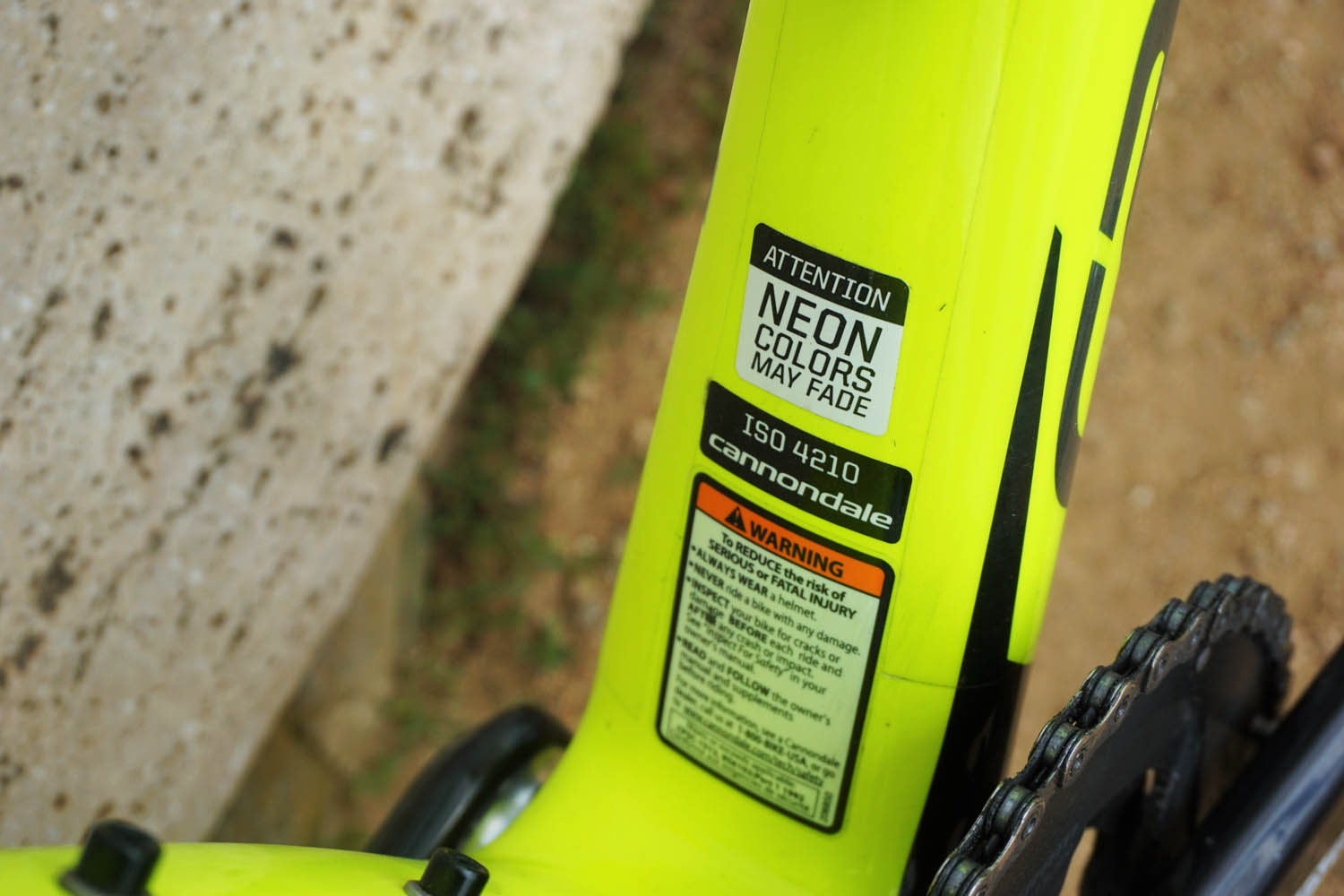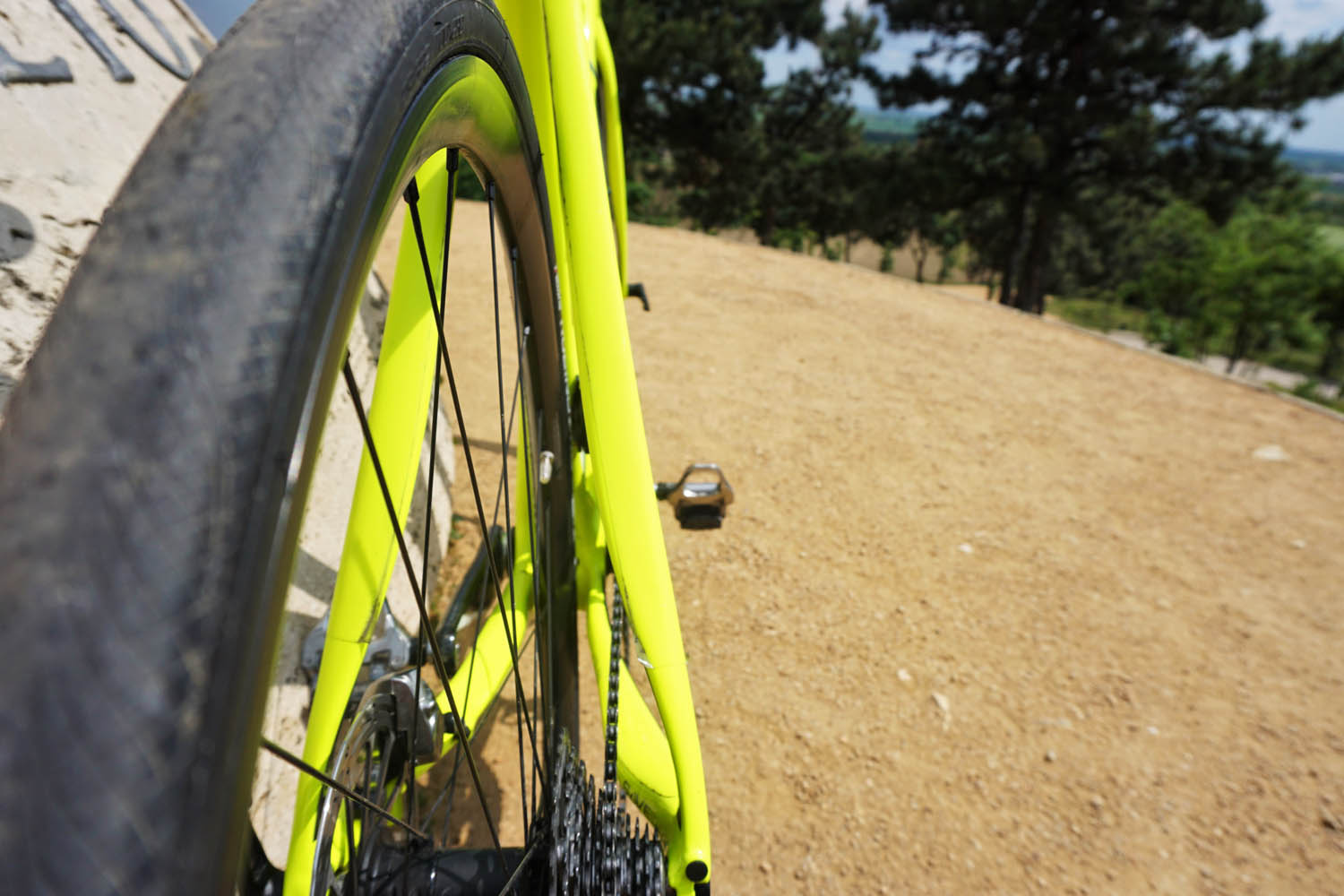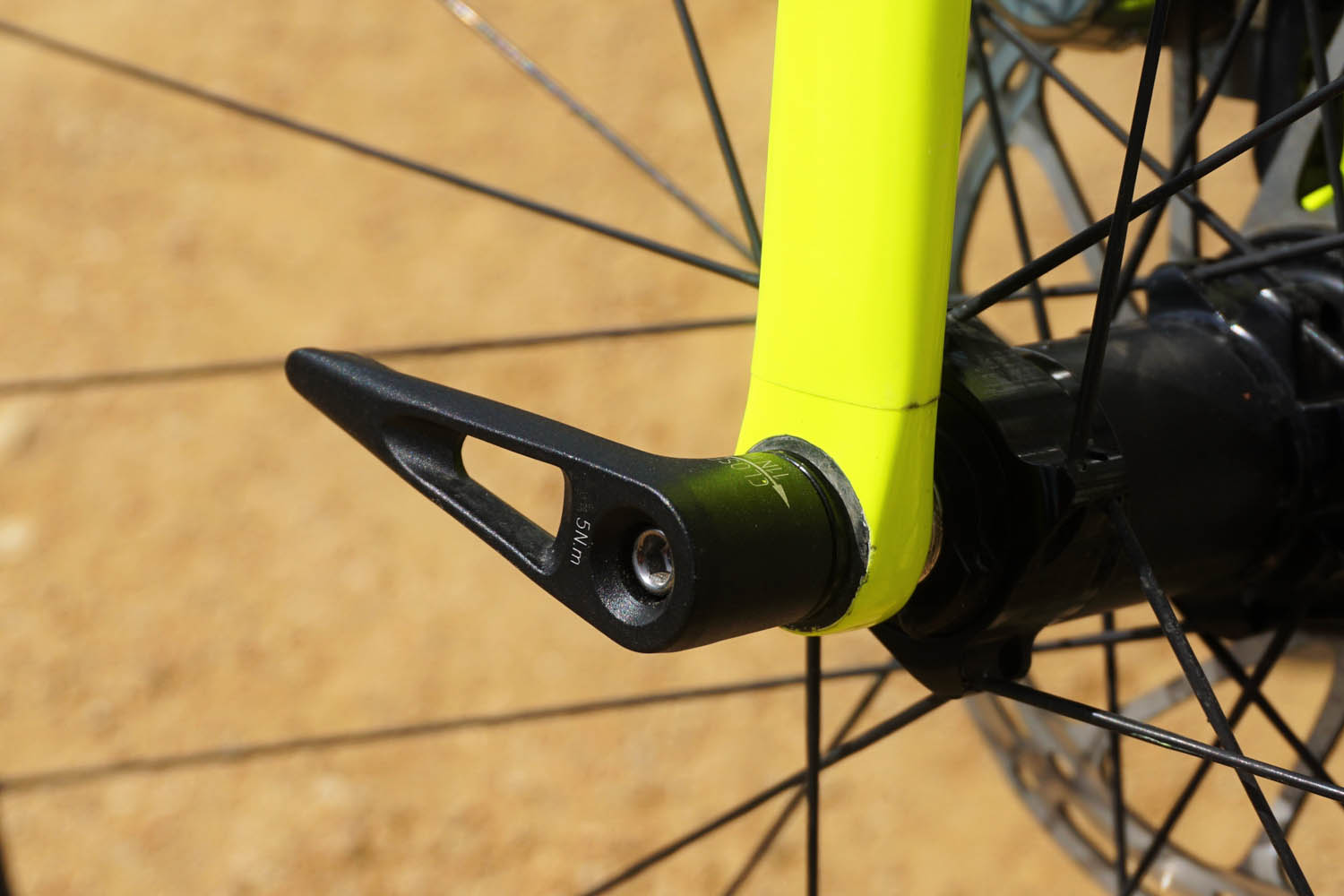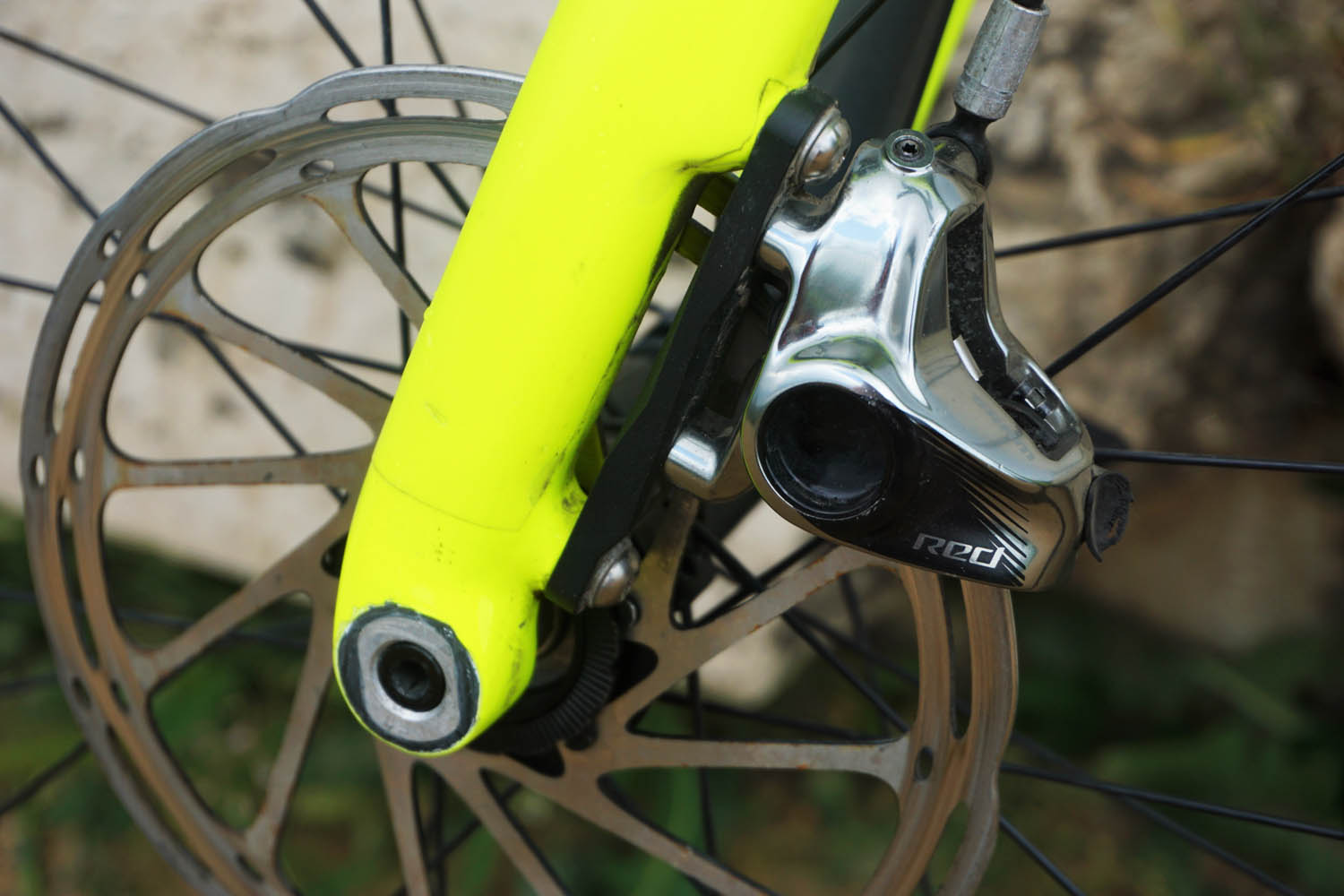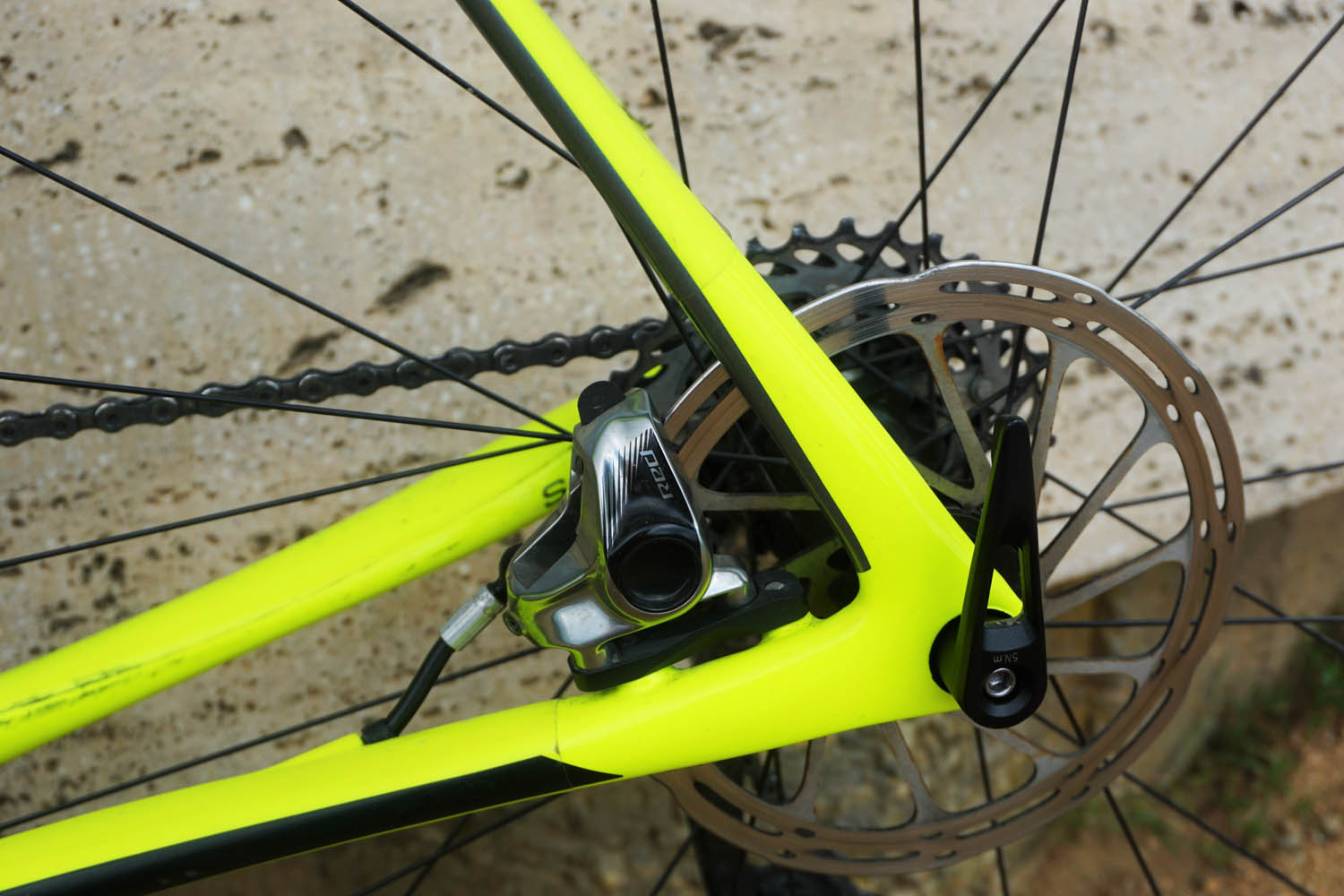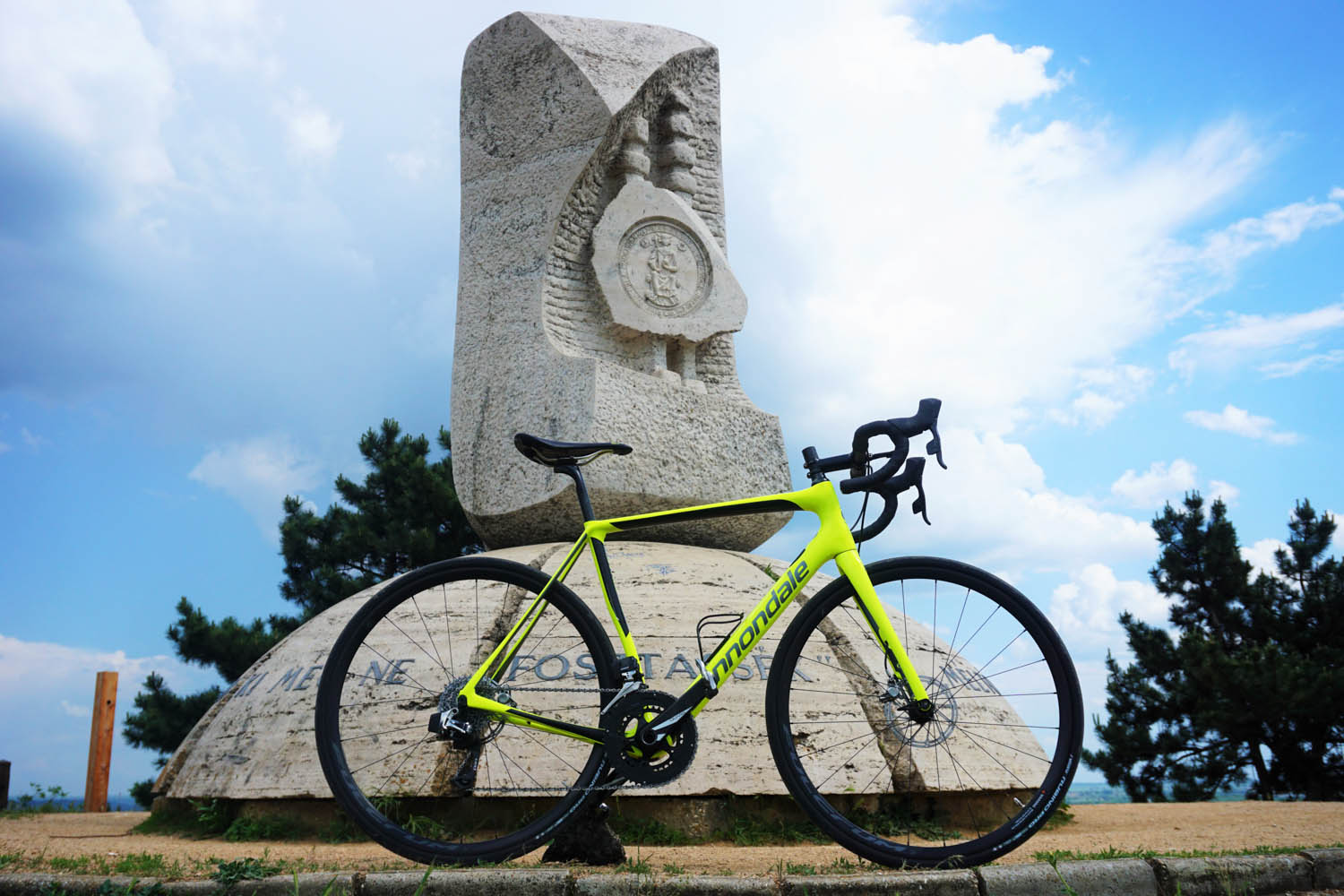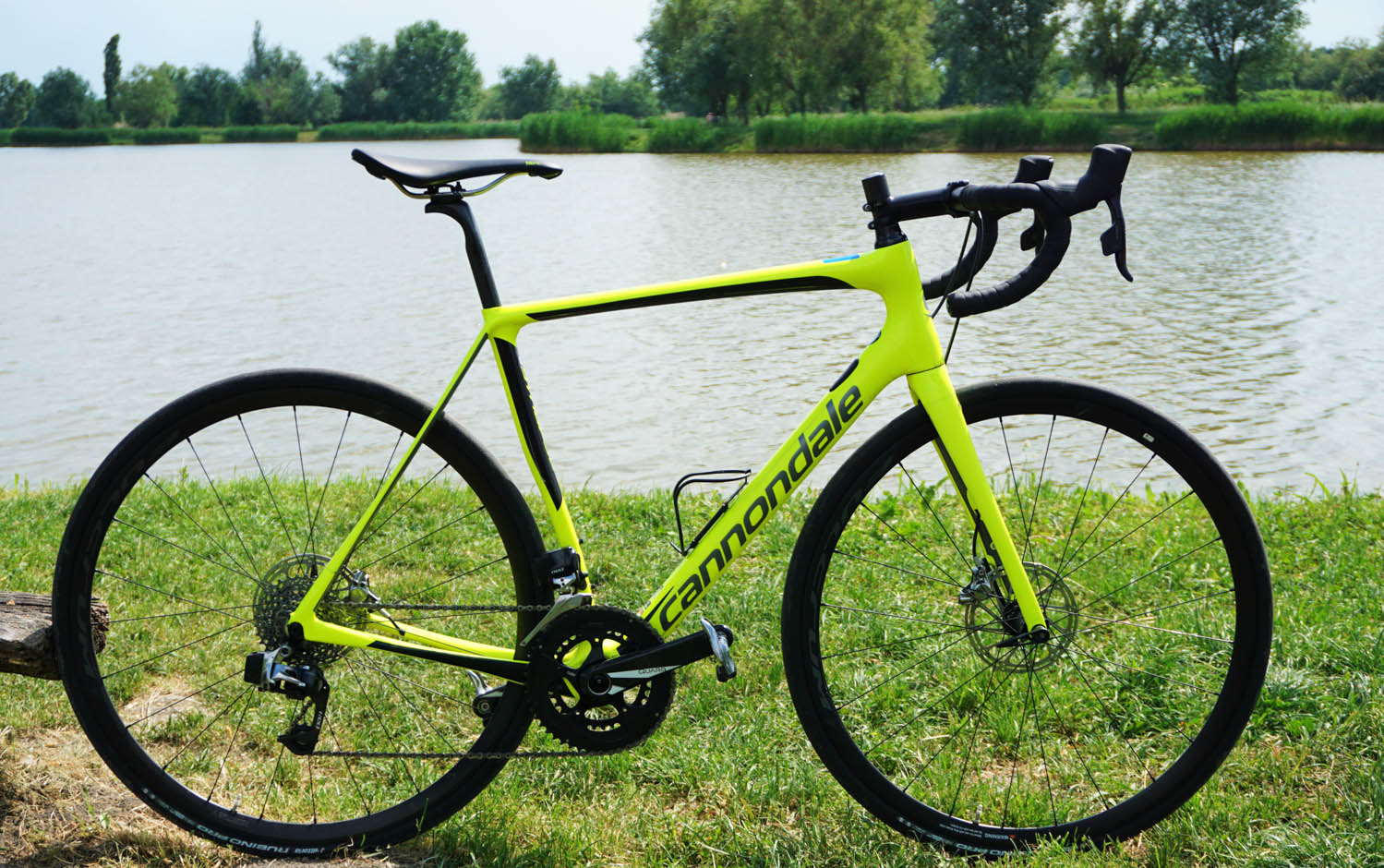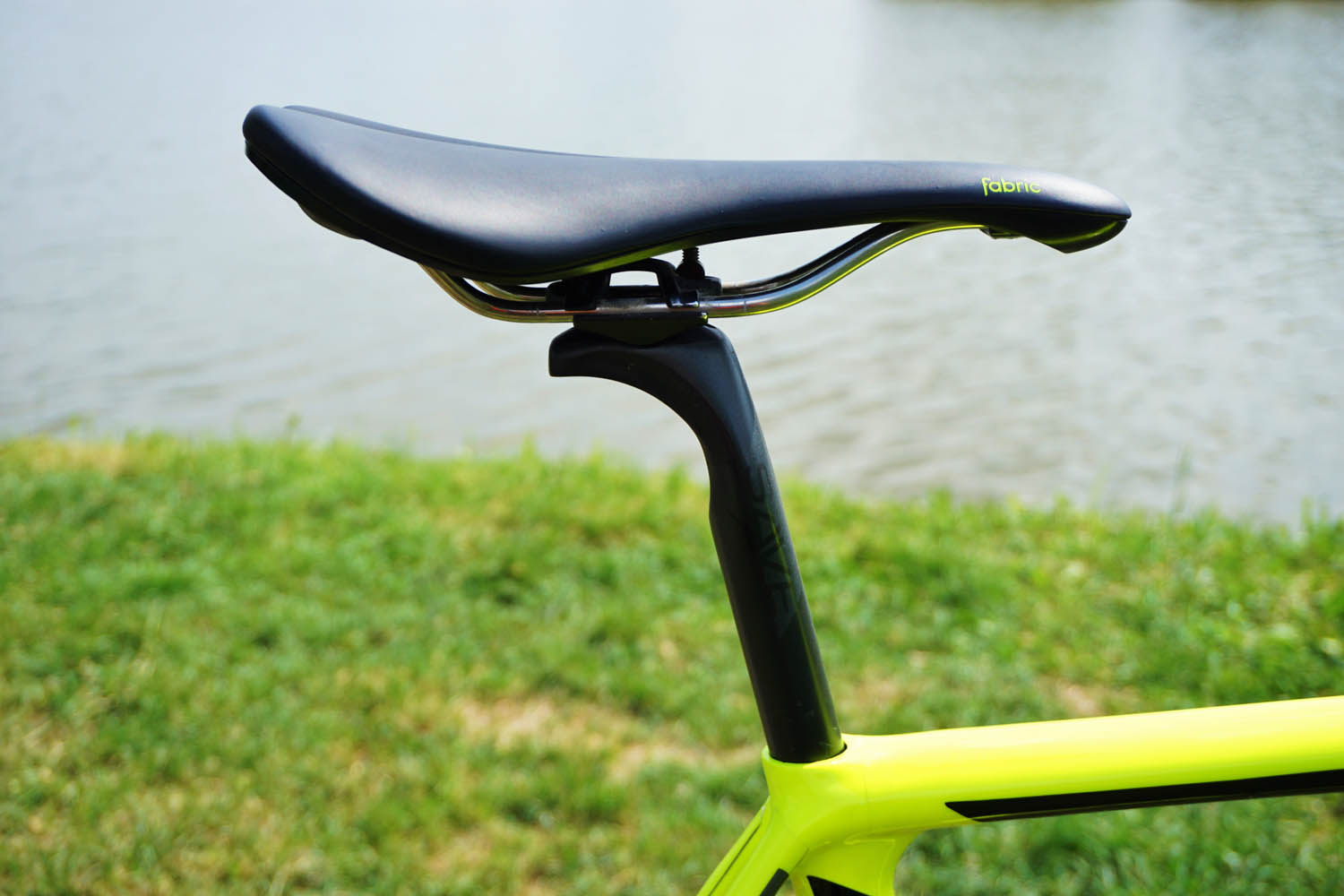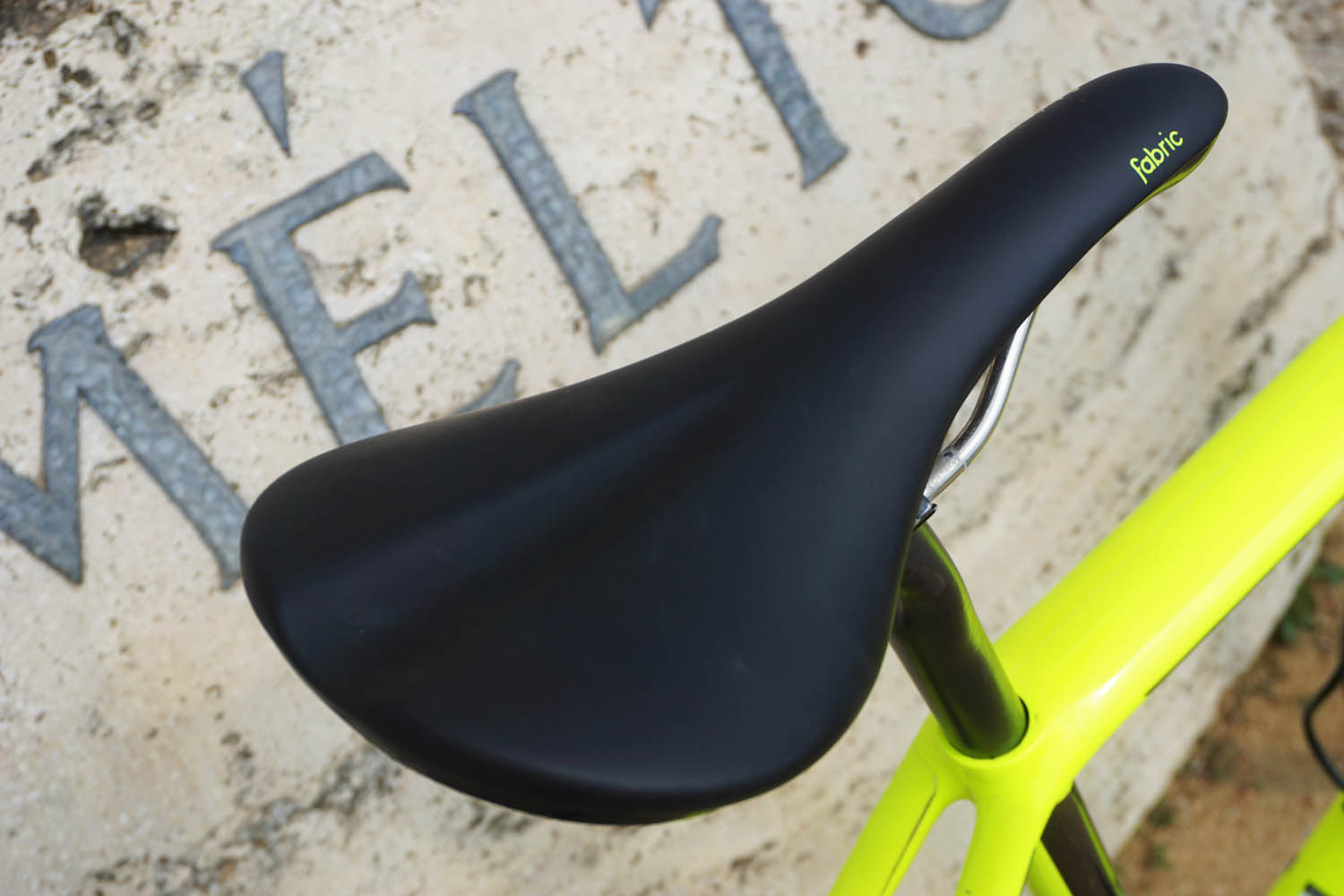Combining the efficiency of professional road bike frames with enhanced ride comfort, topped by wireless shifting and disc brake technologies: this is the essence of the Cannondale Synapse Carbon Disc Red eTap in a nutshell!
It’s not everyday that we have a chance to test such road bikes of this calibre, especially not from the one of the leading bike manufacturers. So the dear reader can imagine my excitement when I received a call asking if I was interested in taking the Synapse for a ride! It’s important to note that from the spring of 2018 Cannondale has a new distributor in Hungary, who has a much wider range of bikes in stock than previously, especially concerning top end models. So if any bike suits your taste from the wide Cannondale range, there is a chance that you could be riding it in a few days time.
The Synapse is the “endurance” model in Cannondale’s road series, which has no appropriate denotation in the Hungarian language. We often call it a touring road bike or comfort bike. Neither is really suitable, especially not for the the bike in this review. To define the category for the reader, we need to look first at the rider and not the bike. The endurance road bike is designed for the cyclist who do not to want or cant ride in the same low and forward-reaching position as the professional bike racers. And the truth is that 90% of amateur riders lack the flexibility and core strength needed for such body position, and are unable to sustain it for a longer distances. The pro riders specially train their bodies to sit in such an aerodynamic and efficient position, in reality only they need the low handlebar placement paired with a long reach. To compensate for this shortcoming, amateur riders tend to place many spacers under a shorter than usual stem. The “endurance” road bike is designed for these riders in mind.
After clarifying the endurance category, let’s investigate what makes the new Synapse so good! The Cannondale brand is renowned for its innovative high performance bike frames, so it’s no surprise that Synapse – utilising the top tier BallisTec Carbon technology – fits well in this trend. The frame is tuned to be stiff and compliant at the same time, providing comfort where it’s needed while assuring that no energy is wasted from the rider’s efforts. It is less known that comfort plays a major role in performance, especially long riders, where the vibration from the road can cause muscle fatigue, similar way as pedalling. In order to sustain the given effort, one has to to keep the body fresh, in part by protect it from these types of external forces.
In the case of the Synapse, the ride comfort is enhanced by the Cannondale’s proprietary SAVE technology. In effect the rear triangle and the front fork are able to execute micro movements, thereby absorbing much of the external vibrations. The same technology is utilised in the American brand’s seat post. In this case the vibration cancelling effect is realized placing the integrated seat post collar at a lower junction thereby lengthening the effective projection of the post, secondly the seat post itself is designed to be able to flex forward and back, hence providing an effective carbon spring suspension for the rider.
As we have mentioned, frame stiffness was not compromised for the sake of rider comfort. One of the technologies responsible for frame stability is Cannondale’s Asymetric rear triangle. The design has the added benefit of providing tire clearance of up to 32 mm. This in turn aids comfort, so in the case of the new Synapse stiffness and comfort do not work against each other, but in unison to enhance the cycling experience. And since our test bike also features disc brake technology, it’s only logical to see Thru-axle both front and back for added stability and better cornering. Hence both braking and bike control is maximised. Ad to this that the weight of the new Synapse is less than the previous model’s, the scale shows a mere 950 gr! In the endurance road bike category this figure is phenomenal. One more thing to note is that the above-mentioned frame stiffness and comfort is size specific, even the fork steering tube has a different construction in the given size, not to mention frame tube diameter and carbon layup. The ride quality is the same for all sizes in the Synapse range.
For this test bike the gear shifting and breaking is provided by SRAM’s top of the line WIRELESS electronic group set complemented with hydraulic disc braking. Cannondale has chosen the Red eTap HRD since it combines all the top technologies available in this day, executed on a level bar none. We can enjoy effortless, fast and reliable gear shifts, and when the bike needs to be slowed down of stopped, the brake system does it with ease, maximum control and reliability. The transmission utilises the Quarq Prome BB30 carbon integrated crank set, which can optionally offer power measurement. To conquer the steepest road gradients, the rear cassette provides a range of gears from 11-32T, with the matching PC1170 high performance chain.
Only the wheelset is not a top of the line model on this test bike. Nevertheless the Fulcrum Racing 500 is a fine all-round wheel, the Vittoria Rubino Pro tires in 28mm width truly enhances ride comfort and cornering grip. The other components on the Synapse are Cannondale offerings, the 25.4mm seat post utilises the above-mentioned SAVE technology, topped by a titanium rail Fabric Scoop Shallow Race saddle. These components really made an important contribution to the ride quality. The handlebar and stem are from the Cannondale C1 Ultralight series, designed for low weight, which is always desirable. The stem has an added feature of integrating a “Garmin” console in the face plate.
Test ride:
I was somewhat surprised at my first encounter with the Synapse. I expected a dark, technologically-oriented design, instead the box contained a bright yellow frame set that almost glowed in the dark. The Synapse has a very distinctive appearance – let’s call the colour neon yellow or green – which is guaranteed to stand out in traffic, and draws the eyes of on-lookers.
Before adjusting the bike, and setting out for the first ride, I made some photos. I quickly realised that I’ll not need any spacers under the stem due the special endurance frame geometry. In the process of adjustment I noted that the hidden seat post attachment is convenient to use, unlike in the case of other manufacturer’s designs. The fork steering tube is long for the frame size, but cutting it is an easy task.
I had previous experience with the Red eTap, so I was not at all surprised by it’s smooth and quick operation. I had to make some minor adjustments on this new bike, but it’s a straight-forward process not involving more than a minute for the rear derailleur and two for the front. And since there is only one button for each side, one is for up, the other is for down shifting, front shifts are executed by pressing both simultaneously. Extremely easy and logical.
Even after the first few km of riding I felt that the Synapse is not an average road bike. The control of the bike is unbelievable, the precise cornering is outstanding. This is true at both low and high speed, there is no need to correct the line in the apex. I had no toe overlap as in the case of many road bikes I tested, there is plenty of room in the “front end” of the frame. The designers played with the frame angles and the fork offset to achieve this, along with the unparalleled cornering. If I had to choose a bike for twisty roads, my first choice would certainly be the new Synapse.
There could be no complaint for the acceleration: if I stepped on the pedal, the Synapse shot out with no sign of frame flex. This is especially noteworthy since the whole frame set is tuned for comfort, it clearly flexes to enhance ride quality and prevent road shock and vibration. It can feel so “soft” that at first one might think there is an air leak in the tires! The SAVE technology is truly effective, I quickly fell in love with its benefits. Now I understand why even professional bike riders choose the Synapse for the spring cobble road classic races. They probably have to make special provisions – angled down stems slammed on the headset – to achieve the required rider position, but the benefits of a “soft” feel is undeniable. The 28 mm tires not only add to the ride comfort, but provide more grip in the corners. It’s not a gravel category bike, nevertheless I had to try out the Synapse on gravel roads, and the experience was quite positive.
The shifting system did its job perfectly, so there is not much to report. If I wanted to change gears, it performed the shift every time in exactly the same manner, it’s dependable and easy. I think even a chimp could be trained to operate the eTap system. The disc brakes likewise serve as a reference in road bike application. I used to write that SRAM’s main competitor had the technological advantage in hydraulic braking, but the Red eTap HRD proves that this not always the case. Moreover, I experience no brake noise in the test period.
Who do I recommend this bike? Primarily to those who want a hi-tech, professional standard, comfortable road bike of high quality, but have to ride roads with many pot holes and broken pavement. There is nothing to stop the rider to venture on the gravel roads once in a while. On the Alpine descents it provides unparalleled cornering, even at extreme speeds. We can in confidence in almost any road and weather condition. In spite of a stellar price tag for the tested bike, the Synapse also comes with more modest components, there are mid-level mechanical shifting configurations as well. The latter are more suitable for the majority of Hungarian cyclists tight budget.


